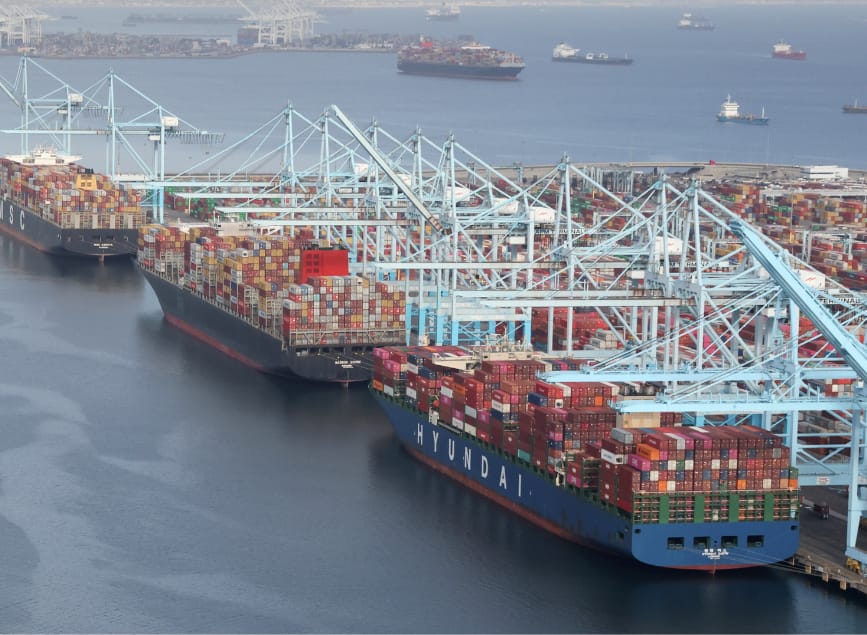
Canada Balance of Trade
Canada’s trade deficit expanded to CAD 1.10 billion in August 2024, up from a revised CAD 0.29 billion in July and surpassing market expectations of a CAD 0.5 billion gap. This marks the sixth consecutive monthly deficit and the largest since May 2024, reflecting ongoing challenges in Canada’s export sector.
Decline in Exports
The widening trade deficit was driven by a 1.0% decline in exports, which totaled CAD 64.3 billion in August. The most significant drop came from energy product exports, which fell by 3.0%, including a notable 4.1% decrease in crude oil exports.
In addition to energy, forestry products and building materials also experienced a sharp decline, with exports falling by 5.5%. This decline reflects weakness in global demand for these commodities, further contributing to the overall export contraction.
On a more positive note, motor vehicle exports rose by 5.1%, signaling strength in the automotive sector. Farm product exports also grew by 4%, indicating stable demand for Canadian agricultural goods.
Increase in Imports
On the import side, Canada saw a 0.3% rise, reaching a total of CAD 65.4 billion in August. The increase was led by motor vehicle imports, which grew by 2.4%, and industrial machinery, which saw a 3.8% rise.
However, consumer goods imports fell by 2.8%, reflecting softer domestic demand for non-essential items during the month.
Outlook for Canada’s Trade Balance
The six-month streak of trade deficits highlights ongoing difficulties for Canada’s export sector, particularly in key areas such as energy and forestry products. While gains in motor vehicles and farm products offer some optimism, the overall export environment remains challenging.
The modest rise in imports, particularly in industrial machinery, could signal some resilience in domestic investment and production capabilities. However, the continued drop in consumer goods imports may indicate caution among Canadian consumers in light of broader economic uncertainties.
Conclusion
In summary, Canada’s trade deficit widened in August 2024, reflecting a combination of declining exports—particularly in energy and forestry—and modest gains in imports. With exports under pressure, particularly in the energy sector, Canada’s trade outlook remains uncertain, though the strength in motor vehicle and agricultural exports offers a glimmer of hope for future performance.
Share
Hot topics

What Is the US Dollar Index (DXY) in Forex?
If you’ve spent any time exploring global markets, you’ve certainly heard about the US Dollar Index, known as DXY. For many beginner traders, it appears to be one of those...
Read more




Submit comment
Your email address will not be published. Required fields are marked *